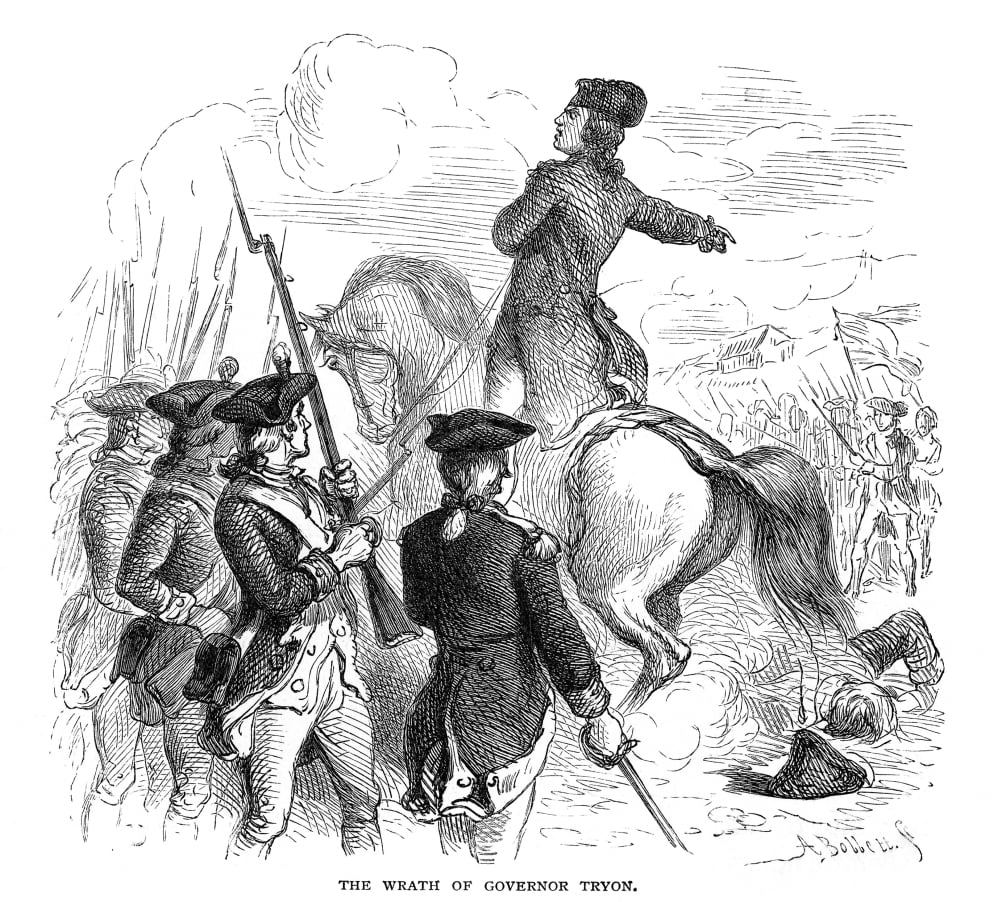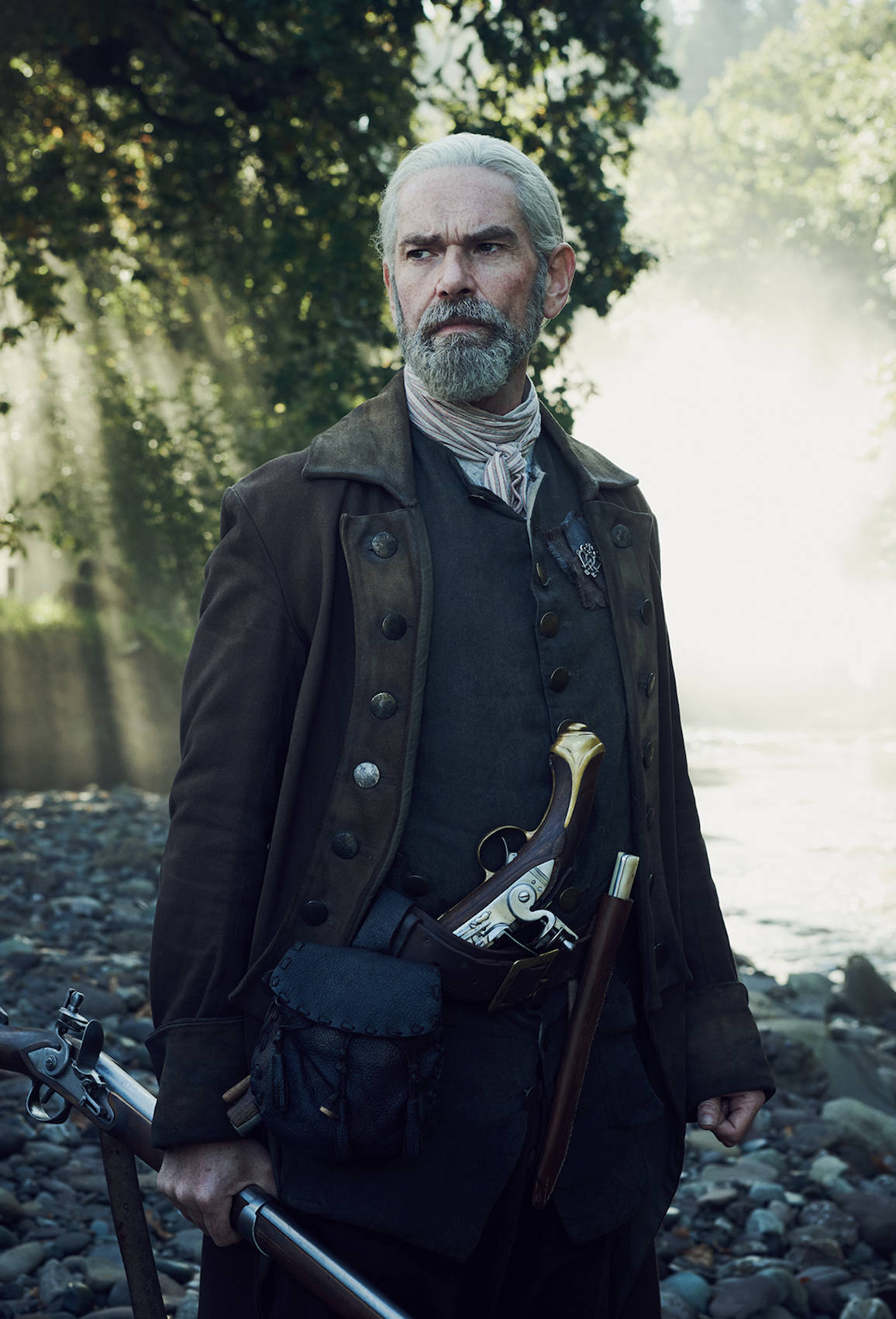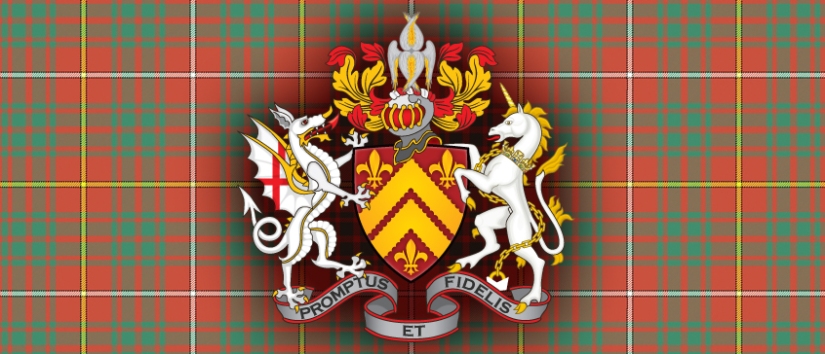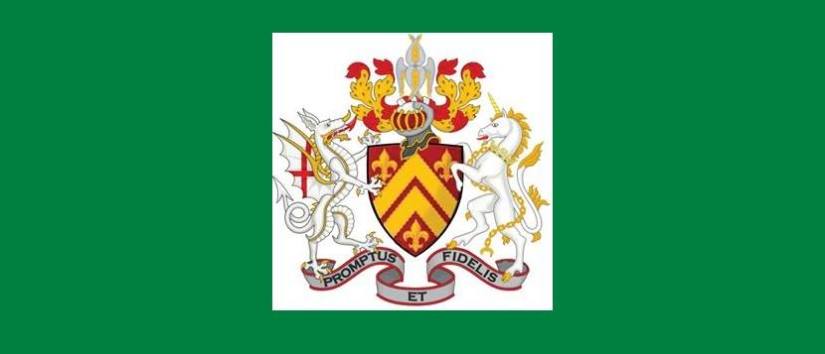
THE REGULATORS
NORTH CAROLINA – USA
Regulators of North Carolina, (1764–71), in American colonial history, vigilance society dedicated to fighting exorbitant legal fees and the corruption of appointed officials in the frontier counties of North Carolina.
The Regulators were off the boat Scottish Highlanders and Lowlanders who had been sent to America after the Jacobite battle at Culloden. Strong warriors who fought for what they thought was right.
Deep-seated economic and social differences had produced a distinct east-west sectionalism in North Carolina. The colonial government was dominated by the eastern areas, and even county governments were controlled by the royal governor through his power to appoint local officers. Backcountry (western) people who suffered from excessive taxes, dishonest officials, and exorbitant fees also became bitter about multiple office holdings. The regional struggle would come to a head during the administration of Royal Governor William Tryon. Tryon had angered colonists throughout North Carolina by preventing the colonial assembly from sending a delegation to the Stamp Act Congress (1765), and his attempts to enforce the Navigation Acts aroused passions further.

In the backcountry, Herman Husband, a Quaker farmer and pamphleteer, emerged as the chief spokesperson of the oppressed Piedmont farmers. Husband suggested measures for relief, but his Quaker faith prevented him from advocating violence as a recourse. Tryon manifested no sympathy for Husband’s cause and sought only to suppress the disturbance, which had by that time organized itself as the Regulators, “for regulating public grievances and abuses of power.” The Regulators agreed to pay no more taxes until satisfied that they were in accordance with the law and to pay no fees in excess of what the law allowed. They punished public officials and interfered with the courts.

Tryon quickly took steps to quash the rebellion. In the spring of 1768 the local militia was called out, but many militiamen sympathized with the Regulators’ cause, and only a few would serve. The only means found to quiet the disturbance was an alleged promise from the governor that if the Regulators would petition him for redress and return to their homes, he would see that justice was done. In his reply to their petition, however, Tryon denied that he had made any such promise, and by September 1768 he had at his command a military force of more than 1,100 men, about one-fourth of whom were officers. The Regulators assembled an opposing force of some 3,700 volunteers, but they were not prepared to contend with the trained, well-armed militia and again submitted without bloodshed. Husband and several leaders of the movement were arrested but soon released.
In 1769 Husband and John Pryor, a prominent Regulator, were elected to the colonial assembly as county representatives. The influence of the Regulators in the assembly was minimal, however, and the concerns of the western farmers continued to be unaddressed. When the superior court met at Hillsborough in September 1770, the Regulators became desperate. They directed their ire at Crown Attorney Edmund Fanning, Tryon’s close friend and a man widely perceived to be the embodiment of political corruption in North Carolina. The Regulators disrupted the court proceedings, beat Fanning, drove him from the town, and ransacked his residence. These riotous proceedings provoked Tryon to launch a second military expedition, and on May 16, 1771, with a force of about 1,000 men and officers, he met about twice that number of Regulators at Alamance, near modern-day Burlington. There, after two hours of fighting, the ammunition of the Regulators was exhausted and they were routed. Tryon reported that 9 militiamen had been killed and 61 wounded, while estimates of Regulator casualties remained a matter of speculation. About 15 Regulators were taken prisoner, and, of these, 7 were executed.

After the Battle of Alamance, many frontiersmen fled to Tennessee, but the legacy of bitterness induced the remaining Regulators to continue their own futile agitation for five more years. This insurrection was in no sense a beginning of the American Revolution. On the contrary, most of the colonial militia who fought for Tryon at Alamance would join the patriot cause, and the majority of the Regulators who remained in North Carolina were loyalists.
JOHN SPENCER BASSETT
John Spencer Bassett (1867-1928), professor of history at Trinity College (later Duke University), wrote extensively about North Carolina history, including the Regulation movement, about which he published a lengthy article in the 1894 American Historical Association Report. The Regulators were a large group of North Carolina colonists who opposed the taxation and fee system imposed by colonial officials in the late 1760s. This political argument led to a battle between the colonial militia and the Regulators in 1771. Following this battle, a few Regulators were hanged and the majority pardoned, bringing the movement to an end.
Prior to Bassett’s investigation, North Carolina historians had seen in North Carolina’s War of Regulation the beginning of the American Revolution in the colony, in part spurred by the religious beliefs of backcountry settlers. John Spencer Bassett argues in his frequently cited text that North Carolina’s Regulation movement was not a revolution and that it was only slightly tied to the unrest in other parts of the North American colonies. Bassett’s view is that the Regulators did not wish to change the form or principle of their government, but simply wanted to make the colony’s political process more equal. They wanted better economic conditions for everyone, instead of a system that benefited the colonial officials. Bassett interprets the events of the late 1760s in Orange and surrounding counties as “a peasants’ rising, a popular upheaval” .
Bassett notes that this upheaval was not religious in nature, but rather was opposed by four of the five leading denominations in the area. Indeed, Presbyterians were instrumental in helping raise troops to fight the Regulators, and a portion of Baptists excommunicated those who had taken part in the unrest. Bassett also downplays the role played by Herman Husband, the Quaker pamphleteer who is often identified as one of the movement’s leaders. To Bassett, Husband was a moderate, simply attempting to bring the various sides together, but because of his prominence as a writer and a correspondent of Benjamin Franklin, government officials continually identified him as a leader of the disgruntled faction. Bassett’s analysis of the Regulators’ uprising remains the predominant understanding of these events, although today Herman Husband is still generally recognized as a leader of the Regulators.

OFFICIAL OLDEST SCOTTISH
CLAN CARRUTHERS CCIS SINCE 1983-CLAN OF OUR ANCESTORS
SCOTTISH CLAN – IRISH CLAN – NORSE CLAN
CLAN CARRUTHERS HISTORIAN AND GENEALOGIST

Preserving Our Past! Recording Our Present! Informing Our Future!
The Ancient and Honorable Clan Carruthers
carruthersclan1@gmail.com
You can find us on our main facebook pages at :
SILVER WINGS-https://www.facebook.com/CarruthersClanLLC/
GOLD WINGS – https://www.facebook.com/carrutherscarrothers.pat.9
CLAN CARRUTHERS FAMILY HISTORY – https://www.facebook.com/CarruthersClan
CLAN CARRUTHERS CCIS – https://www.facebook.com/groups/3878691252182714
CLAN CARRUTHERS INT SOCIETY- https://www.facebook.com/groups/394653845137709
CLAN CARRUTHERS – BORDER REIVERS – https://www.facebook.com/groups/434959914239094
Disclaimer Ancient and Honorable Carruthers Clan International Societ













